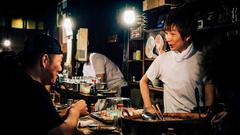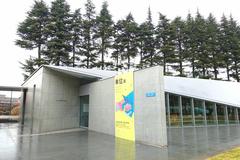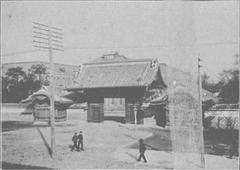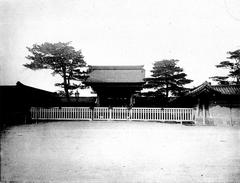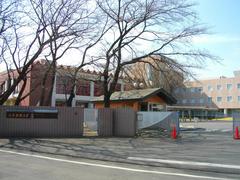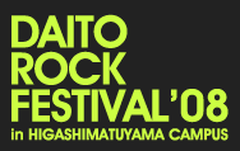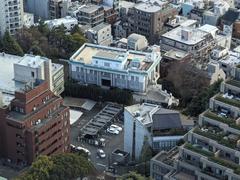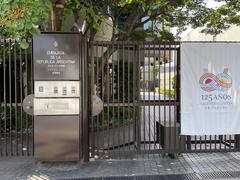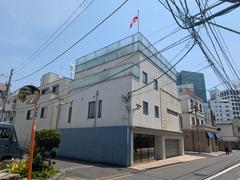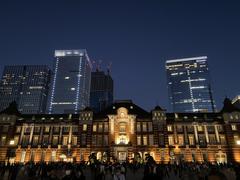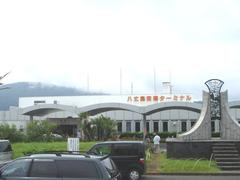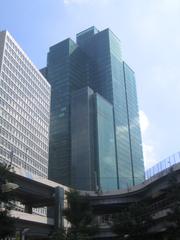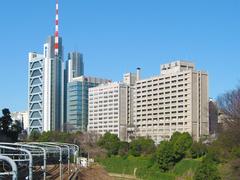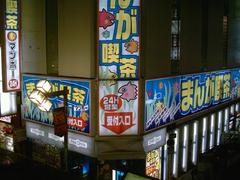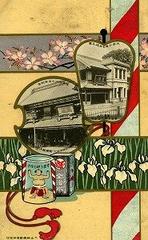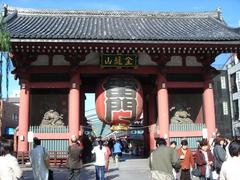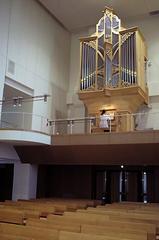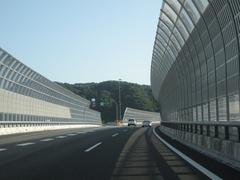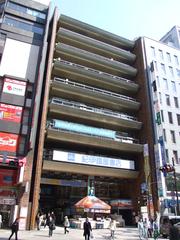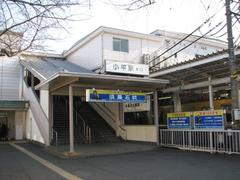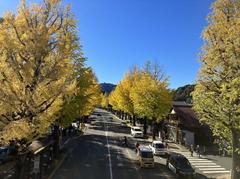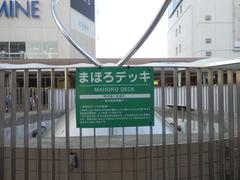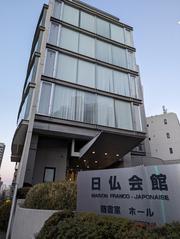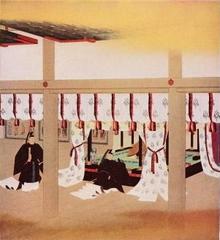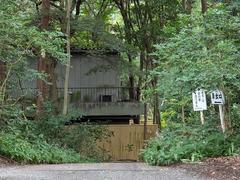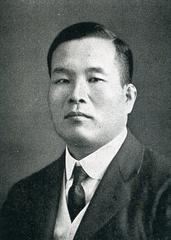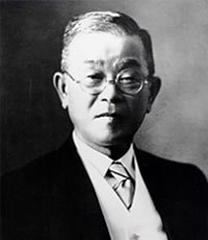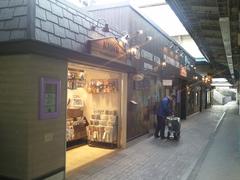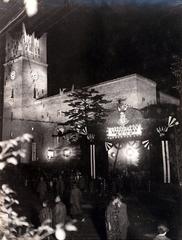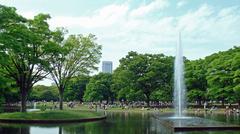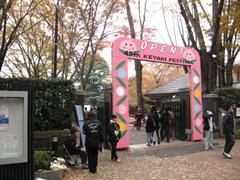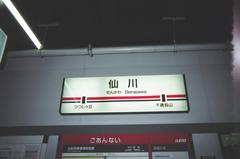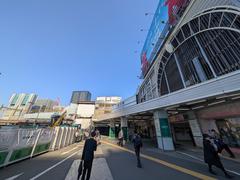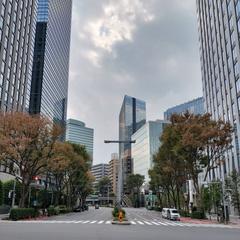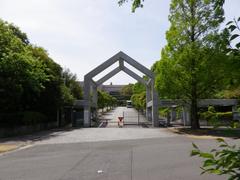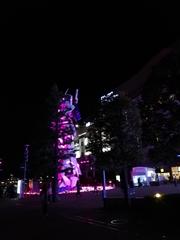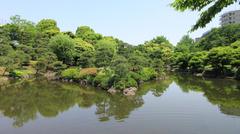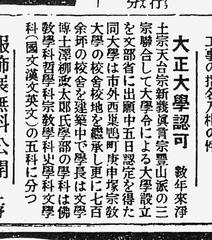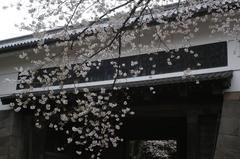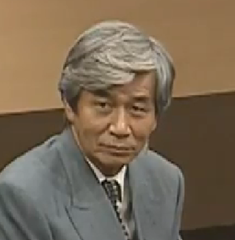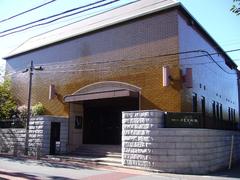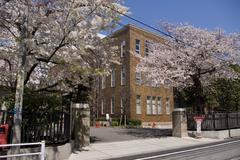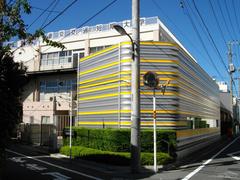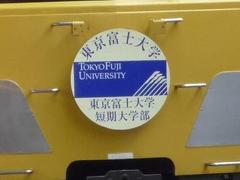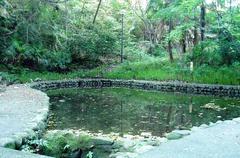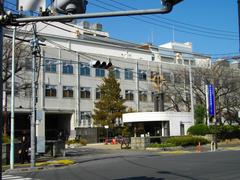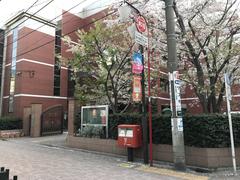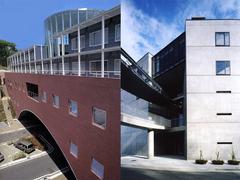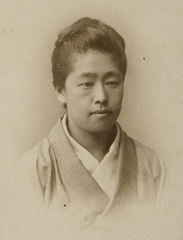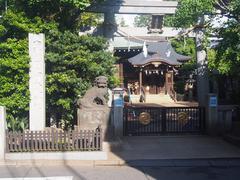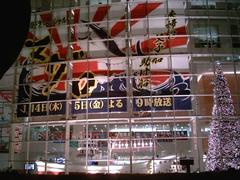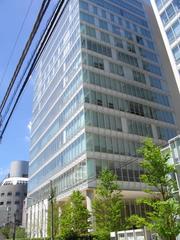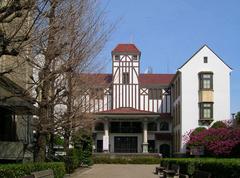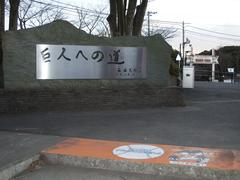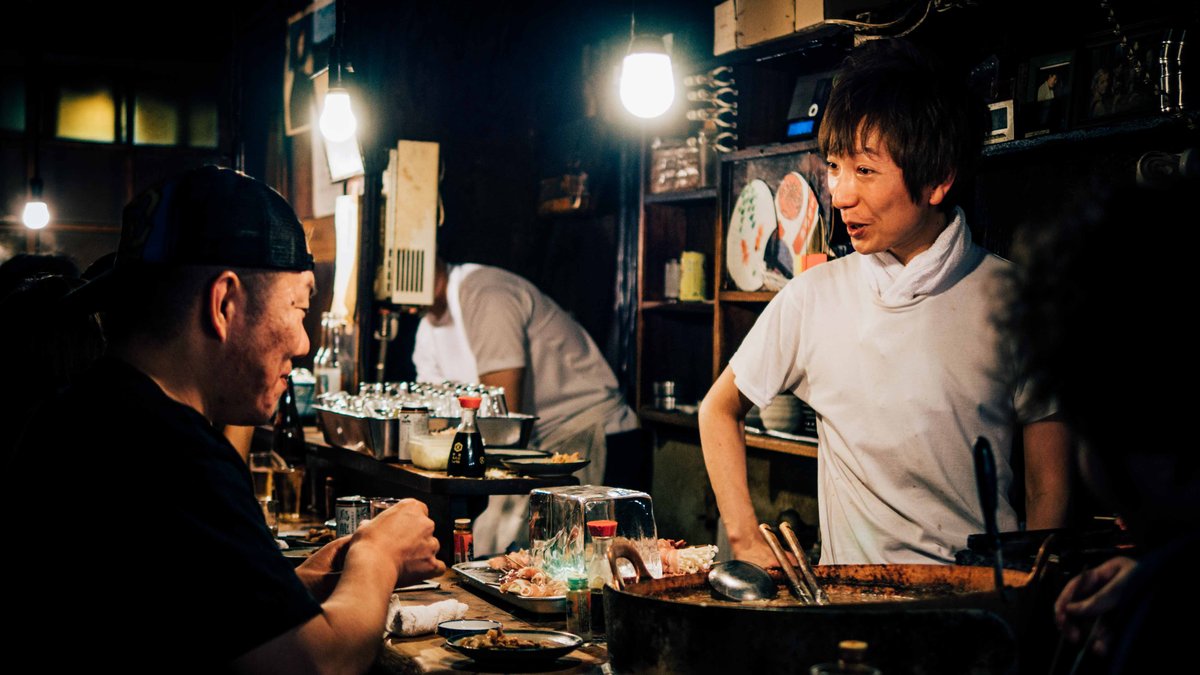
Comprehensive Guide to Visiting Izakayas in Tokyo
Date: 17/07/2024
Introduction
Tokyo, Japan’s bustling capital, is a city where tradition and modernity blend seamlessly. Among its many cultural treasures, izakayas stand out as unique and integral components of Japanese social and culinary life. Rooted in the Edo period (1603-1868), these Japanese-style pubs have evolved from simple sake shops to vibrant social hubs. The term ‘izakaya’ combines ‘i’ (to stay) and ‘sakaya’ (sake shop), symbolizing a place where patrons can linger and enjoy both drinks and a variety of dishes. Today, izakayas offer more than just food and drink; they provide a window into Japanese traditions, social customs, and everyday life (Japan National Tourism Organization). Whether you’re a history enthusiast, a food lover, or a curious traveler, visiting an izakaya in Tokyo is an essential part of experiencing the city’s vibrant culture.
Table of Contents
- Introduction
- Understanding Izakayas
- Choosing the Right Izakaya
- Making Reservations
- Understanding the Menu
- Ordering and Etiquette
- Language Tips
- Payment and Tipping
- Navigating Dietary Restrictions
- Enjoying the Atmosphere
- Safety and Conduct
- Visitor Information
- Economic Impact
- Modern Trends and Innovations
- Challenges and Future Outlook
- FAQ
- Conclusion
- References
Understanding Izakayas
Origins and Evolution
Izakayas, often referred to as Japanese pubs, have a rich history that dates back to the Edo period (1603-1868). Initially, they were sake shops where customers could sit and drink. Over time, these establishments evolved to include a variety of food offerings, becoming the social hubs they are today. The term “izakaya” itself is derived from “i” (to stay) and “sakaya” (sake shop), indicating a place where one could stay and drink sake. This historical evolution reflects the changing social dynamics and economic conditions of Japan, particularly in urban centers like Tokyo.
Social and Cultural Role
Izakayas play a crucial role in Japanese social life. They are more than just places to eat and drink; they are communal spaces where people from all walks of life gather to unwind, socialize, and build relationships. In Tokyo, izakayas are often the setting for “nomikai” (drinking parties), which are an integral part of Japanese work culture. These gatherings provide a relaxed environment where colleagues can bond outside the formal office setting, fostering a sense of camaraderie and teamwork.
Culinary Diversity
The menu at an izakaya is typically diverse, offering a wide range of dishes that cater to various tastes. Common offerings include sashimi, yakitori (grilled chicken skewers), tempura, and various types of grilled fish and meat. The food is designed to complement the drinks, which range from sake and beer to shochu and highballs. This culinary diversity not only showcases the richness of Japanese cuisine but also reflects regional variations and seasonal ingredients. For instance, some izakayas in Tokyo might specialize in seafood, taking advantage of the city’s proximity to the sea.
Architectural and Aesthetic Elements
The design and ambiance of izakayas are also significant. Traditional izakayas often feature wooden interiors, low lighting, and tatami mat seating, creating a cozy and intimate atmosphere. Many izakayas in Tokyo retain these traditional elements while incorporating modern touches, such as contemporary art and music. This blend of old and new is a reflection of Tokyo’s broader cultural landscape, where tradition and modernity coexist harmoniously.
Choosing the Right Izakaya
Research and Reviews
Websites like Tabelog and Gurunavi provide extensive reviews and ratings. Look for izakayas with high ratings and positive feedback.
Neighborhoods
Popular areas for izakayas include Shinjuku, Shibuya, and Asakusa. Each neighborhood offers a different vibe, from the bustling streets of Shinjuku to the more traditional settings in Asakusa.
Specialties
Some izakayas specialize in certain types of food or drinks. For example, a yakitori izakaya focuses on grilled chicken skewers, while a sake bar offers a wide variety of sake.
Making Reservations
While many izakayas welcome walk-ins, making a reservation can save you from long waits, especially on weekends or holidays. Use online reservation platforms like OpenTable Japan or call ahead if you speak Japanese.
Understanding the Menu
Common Items
- Yakitori: Grilled chicken skewers, often seasoned with salt or tare (a sweet soy-based sauce).
- Sashimi: Slices of raw fish, typically served with soy sauce and wasabi.
- Tempura: Battered and deep-fried seafood or vegetables.
- Karaage: Japanese-style fried chicken.
- Edamame: Boiled and salted soybeans, often served as a starter.
Ordering and Etiquette
Otoshi
Upon sitting down, you may be served a small appetizer called otoshi. This is a cover charge and is common practice in izakayas.
Sharing
Izakaya dishes are meant to be shared. Order a variety of dishes for the table and enjoy a communal dining experience.
Drinking
When drinking, it’s customary to pour drinks for others rather than yourself. Wait for everyone to be served before raising your glass for a toast, often saying “Kanpai!” (cheers).
Language Tips
While many izakayas in Tokyo have English menus or staff who speak some English, learning a few basic Japanese phrases can be helpful:
- Sumimasen (すみません): Excuse me (to get the server’s attention).
- Eigo no menyū arimasu ka? (英語のメニューありますか?): Do you have an English menu?
- Osusume wa nan desu ka? (おすすめは何ですか?): What do you recommend?
- Okaikei onegaishimasu (お会計お願いします): The bill, please.
Payment and Tipping
Payment
Most izakayas accept cash, and many now accept credit cards. It’s a good idea to carry some cash just in case.
Tipping
Tipping is not customary in Japan and can even be considered rude. Excellent service is expected as part of the dining experience.
Navigating Dietary Restrictions
If you have dietary restrictions, it’s important to communicate them clearly. Here are some phrases that might help:
- Watashi wa bejitarian desu (私はベジタリアンです): I am a vegetarian.
- Niku wa taberaremasen (肉は食べられません): I cannot eat meat.
- Guruten furī no tabemono wa arimasu ka? (グルテンフリーの食べ物はありますか?): Do you have gluten-free food?
Enjoying the Atmosphere
Engage with Locals
Don’t be afraid to strike up a conversation with locals. Many Japanese people are curious about foreigners and happy to share their culture.
Stay Late
Izakayas often stay open late into the night. The atmosphere can change as the night progresses, becoming more lively and relaxed.
Try New Things
Be adventurous with your food and drink choices. Izakayas offer a great opportunity to try dishes you might not find elsewhere.
Safety and Conduct
Moderation
While it’s easy to get carried away with the wide variety of drinks, it’s important to drink responsibly.
Respect
Always be respectful to the staff and other patrons. Loud or disruptive behavior is frowned upon.
Personal Belongings
Keep an eye on your personal belongings. While Japan is generally safe, it’s always good to be cautious.
Visitor Information
Visiting Hours
Most izakayas in Tokyo open in the early evening and stay open until late at night, typically around 5 PM to midnight. Some may have extended hours on weekends.
Tickets and Reservations
While izakayas do not usually require tickets, making a reservation is recommended, especially for popular spots or large groups.
Travel Tips
Many izakayas are located near train stations or in bustling districts like Shibuya, Shinjuku, and Asakusa. Public transportation is the most convenient way to get around.
Nearby Attractions
Visiting an izakaya can be combined with exploring nearby attractions such as historical sites, shopping districts, and entertainment areas.
Accessibility
While traditional izakayas may have limited accessibility due to their design, many modern izakayas are equipped to accommodate various needs.
Economic Impact
Izakayas contribute significantly to the local economy. They are a vital part of Tokyo’s hospitality industry, providing employment opportunities and supporting local suppliers. The popularity of izakayas among both locals and tourists also boosts related sectors, such as transportation and tourism. According to a report by the Japan National Tourism Organization, the izakaya experience is one of the top attractions for international visitors, highlighting its economic and cultural importance.
Modern Trends and Innovations
In recent years, izakayas have adapted to changing consumer preferences and lifestyles. Some modern izakayas in Tokyo offer fusion cuisine, blending traditional Japanese dishes with international flavors. Others focus on sustainability, using locally sourced and organic ingredients. There are also themed izakayas, such as those inspired by anime or historical periods, which offer unique dining experiences. These innovations reflect the dynamic nature of Tokyo’s food scene and its ability to evolve while preserving its cultural heritage.
Challenges and Future Outlook
Despite their popularity, izakayas face several challenges. The COVID-19 pandemic had a significant impact on the hospitality industry, including izakayas, leading to temporary closures and reduced customer numbers. However, many izakayas have adapted by offering takeout and delivery services, as well as implementing safety measures to reassure customers. Looking ahead, the future of izakayas will likely involve a balance between tradition and innovation, as they continue to adapt to new social and economic realities.
FAQ
- What are the best izakayas in Tokyo? Some popular izakayas include Torikizoku, Uoshin Nogizaka, and Gonpachi.
- What should I expect when visiting an izakaya? Expect a lively atmosphere, a variety of food and drinks, and the opportunity to socialize with locals.
- Are there any special events at izakayas? Some izakayas host special events such as live music, seasonal menus, and themed nights.
- Can I visit izakayas if I don’t speak Japanese? Many izakayas in Tokyo have English menus and staff who can communicate in basic English.
Conclusion
Visiting an izakaya in Tokyo is more than just a dining experience; it’s a cultural immersion that offers a glimpse into the heart of Japanese life. From their historical origins as sake shops to their current role as lively social hubs, izakayas embody the essence of Japanese hospitality and communal dining. The diverse menus, ranging from sashimi to yakitori, reflect the richness of Japanese cuisine and the importance of seasonal and regional ingredients. Moreover, the traditional and modern elements in izakaya design symbolize Tokyo’s unique cultural landscape. As these establishments continue to adapt to contemporary trends and challenges, such as the impact of the COVID-19 pandemic, they remain a vital part of Tokyo’s social fabric and economy. Whether you’re navigating the etiquette of ordering and drinking or soaking in the late-night atmosphere, izakayas offer an unforgettable experience. For anyone visiting Tokyo, engaging with the local culture through an izakaya visit is a must, providing both memorable moments and delicious culinary adventures (Japan National Tourism Organization).
References
- Exploring the Cultural Significance and Visitor Information of Tokyo’s Izakayas, 2024, Japan National Tourism Organization (https://www.jnto.go.jp/eng/)
